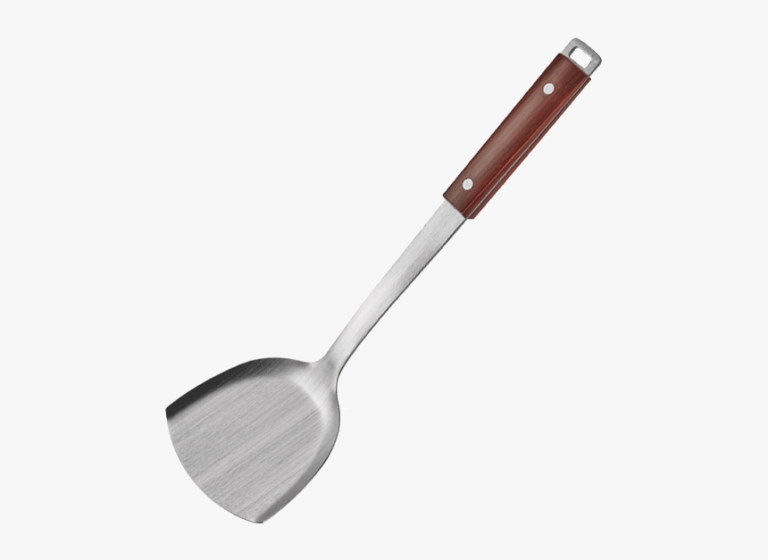Project Report For Spatula Manufacturing
Introduction
Project report for Spatula Manufacturing is as follows.
A spatula is a tool used for lifting, flipping, and spreading. Spatulas are designed with a long enough handle to keep the holder’s hand away from the object being lifted or dispersed, as well as away from a hot surface.
Spatulas were traditionally manufactured from materials such as wood, metal, and bone. However, as technology and manufacturing techniques have developed, so have the materials used to produce spatulas. Spatulas can now be constructed from a variety of materials, including plastic, silicone, and metal.
The spatula’s blade is large and thin. The blade shape varies, although square and rectangular shapes are the most common. Typically, the blade is somewhat flexible. Spatula blades are often longer on the right side than the left to accommodate right-handed people. There are also left-handed spatulas, but they are more uncommon.
A spatula is required for many types of cooking. They are very handy when frying food that needs to be flipped. Spatulas are also useful for serving meals. The blade of a kitchen spatula is typically slotted to allow liquids to pass through.

The spatula’s size or form will frequently suggest the type of process most suited to the spatula’s purpose. Narrow spatulas are commonly used to apply frostings or spreads, as well as to access small openings or slide quickly around bowls and pans to scrape materials. The thin differences are available in a variety of lengths, including 6, 8, and 12 inches, flat or inclined, and with a width ranging from 1/2 inch to 2 inches. Wide spatulas come in a range of styles and lengths. Wide width or long length spatulas are commonly used for lifting, rotating, and serving meats or working with larger food items, whilst shorter length spatulas are ideal for lifting and serving smaller food items such as quiche, pie, or cakes.
Project Report Sample On
Spatula Manufacturing
Get Completely Custom Bankable Project Report
There are numerous types of spatulas. The blade of a frosting spatula is long and thin. Longer handles are found on spatulas designed for usage with an open flame, such as a grill.A Chinese spatula is made for use with a wok; one edge is curved and stronger to handle huge amounts of food.
In recent years, spatula manufacture in India has advanced significantly. Many businesses now use innovative manufacturing techniques and current technology to create high-quality spatulas that are sturdy, heat-resistant, and easy to clean. Injection moulding, stamping, and assembly are commonly used in the manufacturing process.
Market Potential Of Spatula Manufacturing
The market potential for spatula manufacture in India is highly significant. The country has a huge and expanding population, as well as a rapidly developing economy, which has increased demand for household and kitchen supplies. Spatulas are popular kitchen tools that are used for a number of purposes, such as flipping and turning food while cooking, and are consequently in high demand.
The Indian kitchenware market is now valued at around $3 billion and is expected to increase at a CAGR of around 9% between 2020 and 2025. This expansion is being driven by causes such as rising disposable incomes, urbanization, and an increase in the number of nuclear families. The growing number of nuclear families, particularly in urban areas, has increased demand for small kitchen devices such as spatulas, as these families cook more at home.
Expenses

Product Cost Breakup

Reveneue Vs Expenses

Market Trend

The increased number of women entering the workforce is also driving the Indian cookware market. Working women have less time to cook and are looking for kitchen appliances that make cooking quicker and faster. This has resulted in an increase in demand for convenience products such as spatulas.
The spatula manufacturing business in India is also well-known for its export potential. Many Indian spatula producers export their products to foreign nations, primarily the United States, Canada, and the European Union. This is owing to the great quality and low cost of Indian-made spatulas, which compete with those from other nations.
The Indian spatula market may be divided into two segments based on distribution channels: offline and online. Supermarkets, hypermarkets, department stores, and kitchenware stores are examples of offline outlets. E-commerce sites such as Amazon, Flipkart, and Snapdeal are examples of online outlets. The online channel is expanding quicker than the offline channel.

